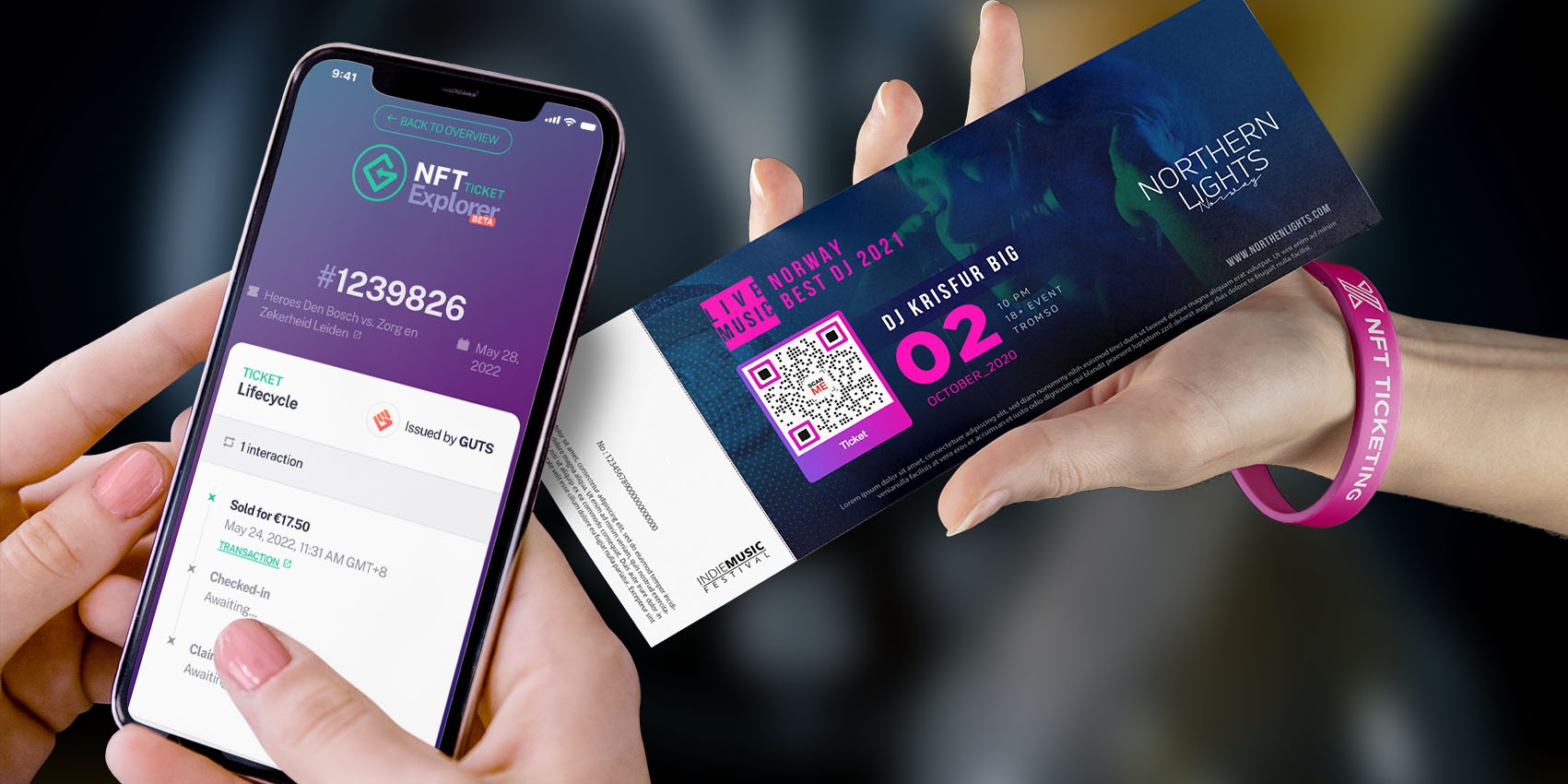Web3 Technology & The Potential For A More Secure Music Industry
Last updated: 29 July 2024
The music industry is fraught with lengthy processes, bureaucracy, and data breaches. Thankfully, Web3 is here to give the industry a new lease of life. Web3 technology and Web3 music have already proven revolutionary for artists and the industry at large when it comes to career development. They are now poised to have a significant impact on cyber security in the music industry.

How can Web3 technology foster a more secure music industry?
Artist-to-fan distribution model
Web3 technology greatly facilitates the artist-to-fan distribution model. NFTs are a prime example of how to implement this model, as they allow artists to sell their music and merchandise directly to their fans.
As a result, NFTs eliminate the need for intermediaries, who typically take a significant portion of the artist’s earnings. Moreover, the artist-to-fan model promotes fan engagement by prioritising limited-edition assets such as exclusive demos, VIP tickets and merch.
One of the main advantages of this model, however, is that it protects the artist’s limited-edition material from being leaked or copied without explicit permission. The blockchain‘s immutable record keeping ensures that artists can track who owns each and every NFT they sold. Additionally, NFTs are protected by the cryptographic algorithms used in the blockchain, making it virtually impossible for limited-edition music sold as an NFT to be copied or leaked.
Intellectual property rights
The existing intellectual property system is legally complex and subject to regional regulations, making it very difficult for smaller artists to protect their works. Web3 technology like digital certificates of ownership and the blockchain have the power to change all that.
These technologies enable artists to add digital timestamps to their work and track NFT ownership. On the other hand, collectors can verify whether a piece of art is original by tracking previous transactions on the blockchain and verifying digital signatures.
These steps ensure that a song or album is not copied, leaked, or distributed without the artist’s permission, thereby protecting their intellectual property rights. This is undoubtedly revolutionary when it comes to developing a more secure music industry.

Transparent transactions
Web3 technology empowers artists in terms of financial stability, as it provides a secure and transparent payment route. Blockchain payments eliminate the need for centralised third parties (e.g. banks) and facilitate peer-to-peer payments. In addition, blockchain data is stored on a public ledger, which means all parties can view the details of the transaction and track payments.
In the traditional music industry, sending and receiving payments is a long process. If an artist sells merchandise online, they usually have to go through a third party website and a bank to verify and process the payment. These intermediaries typically add their own fees, which the artist must pay. With Web3 technology, fans can pay their favourite artist directly, without having to go through these time-consuming processes.
Automated payments of music royalties
Distributing payment for music royalties is typically a complex process, as it involves manually monitoring song usage, working with various intermediaries from different geographical regions, and distributing quarterly payments. By automating the process through Web3 technology such as smart contracts, royalty distribution can be transformed into a simple operation.
Smart contracts can be programmed to automatically distribute music royalties on the basis of certain criteria. These include the number of times a song is played on a particular radio station, the number of streams across all streaming services, and so on.
Smart contracts not only help facilitate complex processes, but they’re also fully transparent, as they’re stored on the blockchain’s public ledger. Therefore, artists are free to view and track all necessary information and ensure that they receive all the music royalties they’re owed.

Decentralised storage
One of the main tenets of Web3 is decentralisation. This principle is very useful when it comes to storing and backing up music data. Web3 technology, such as decentralised storage systems, provide a solid solution to data breaches, loss, and theft. This is because they focus on distributing the data across a network of nodes, rather than relying on a single central entity.
Decentralised storage systems are also more efficient than their centralised counterparts as they automatically encrypt all data. In addition, all data uploaded to decentralised storage systems is divided into pieces and sent to different nodes in different geographical areas. This makes it difficult for hackers to get their hands on sensitive data.
By using decentralised storage solutions, artists can rest assured their work isn’t leaked by bad actors or competitors, and that their intellectual property rights are fully protected. Additionally, they also minimise the potential risks associated with storing sensitive information online.






